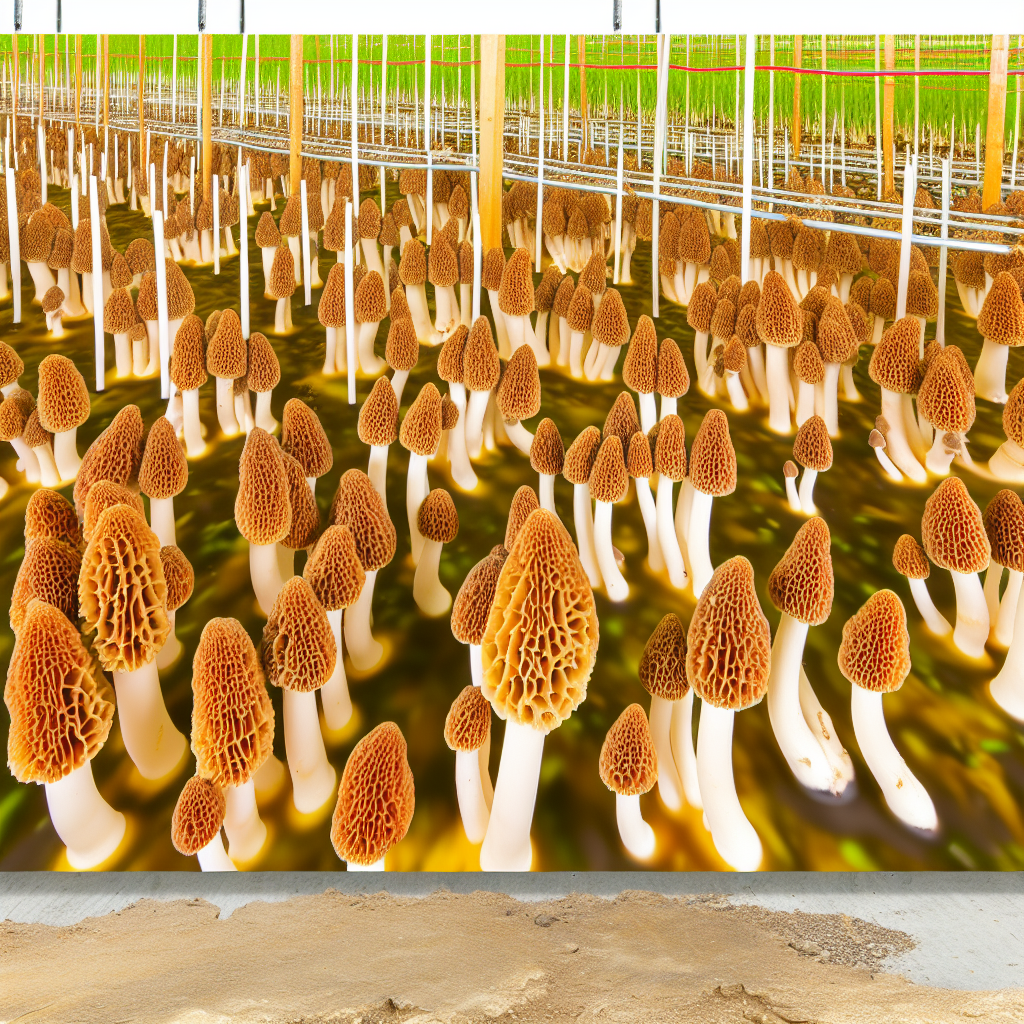Cannabis and Nutrition: Meal Planning for Enhanced Wellness Effects
As the cannabis industry continues to flourish and merge with mainstream wellness culture, a growing area of interest links the plant’s therapeutic benefits with proper nutrition. At the intersection of lifestyle optimization and alternative medicine, cannabis and nutrition stand as a compelling pair.
While cannabis is widely recognized for its medicinal potential—from alleviating chronic pain, reducing anxiety, and improving sleep, to stimulating appetite—its synergy with a nutrient-rich diet is often overlooked. When thoughtfully combined, cannabis and diet can amplify wellness, support metabolic health, and improve the endocannabinoid system’s function.
The endocannabinoid system (ECS), a complex cell-signaling network, plays a crucial role in regulating homeostasis—impacting processes such as mood, appetite, inflammation response, immune function, and energy balance. Cannabis influences this system primarily through its active compounds: tetrahydrocannabinol (THC) and cannabidiol (CBD). Paired with the right nutrients, cannabinoids can become even more effective, creating a powerful foundation for optimal well-being.
Whether you’re a wellness-oriented consumer or a healthcare professional guiding clients toward holistic health, understanding how to integrate nutrition into cannabis use can make a significant difference. Welcome to a new frontier in health—where cannabinoids and cuisine unite for a balanced, optimized lifestyle.
Unlocking the Synergy: How Nutrition Amplifies the Effects of Cannabis
A growing body of research supports the powerful synergy between cannabis and nutrition, especially through interactions with the body’s endocannabinoid system. Certain nutrients can improve the body’s natural ability to process, absorb, and benefit from cannabinoids.
One standout group? Omega-3 fatty acids. These essential fats—found in flaxseed, hempseed, walnuts, and fatty fish—serve as precursors to endocannabinoids themselves. A landmark 2017 study published in *Nature Communications* demonstrated that omega-3s help synthesize and regulate cannabinoid receptors, such as CB1 and CB2, which interact with THC and CBD.
So what does this mean? If your diet is rich in omega-3s, your ECS will likely be more responsive, allowing cannabinoids to work more effectively.
Eat with Purpose: Foods That Support the Endocannabinoid System
Beyond omega-3s, your day-to-day food choices may also influence your cannabis experience. Anti-inflammatory and antioxidant-rich foods amplify cannabis’s wellness properties and nourish the ECS.
– Polyphenol-rich foods such as berries, leafy greens, tea, turmeric, and ginger have been shown to reduce oxidative stress and support ECS function. A 2020 review in *Frontiers in Pharmacology* suggested these compounds may boost the effectiveness of cannabinoids.
– Fermented foods—like kimchi, yogurt, sauerkraut, and kombucha—can optimize gut health. The gut microbiome has a direct link to endocannabinoid signaling and can influence how well your body metabolizes THC and CBD. A 2022 review in *Cannabis and Cannabinoid Research* emphasized how microbiome diversity can enhance cannabinoid absorption.
– Healthy fats, such as avocado, nuts, seeds, and olive oil, can also improve the bioavailability of cannabinoids when consumed in tandem with edibles or infused oils, thanks to their fat-soluble nature. (Study source)
Incorporating these foods into your meals helps cannabis work smarter, not harder—maximizing benefits like reduced pain, better sleep, and more efficient stress relief.
What to Avoid: Foods That May Blunt Cannabis’s Benefits
Just as certain foods can enhance your cannabis experience, others can detract from it. Diets high in sugar, trans fats, and processed foods may work against your wellness goals.
A 2016 meta-analysis published in *Molecular Psychiatry* showed that poor dietary habits can lead to reduced endocannabinoid tone, increased inflammation, and elevated anxiety—potentially counteracting the effects you seek from cannabis.
To protect ECS function and ensure your cannabis use remains effective:
– Minimize ultra-processed snacks and meals.
– Limit sugary beverages and cereals.
– Choose whole, nutrient-dense alternatives whenever possible.
It’s not about perfection—it’s about progress and mindful eating that aligns with your wellness intentions.
Timing is Everything: Maximize Your Cannabinoid Absorption
Here’s something many consumers overlook: When you eat can be just as important as what you eat.
Cannabinoids are fat-soluble, which means their absorption improves when taken with a meal that includes healthy fats. Whether you’re using cannabis-infused edibles, tinctures, or oils, consuming them alongside avocado toast, nut butter smoothies, or even a handful of nuts can significantly enhance bioavailability. (See more)
For more accurate and long-lasting effects, experiment with timing your cannabis intake around hearty, healthy meals.
A New Frontier: Integrating Nutrition and Cannabis in Wellness Planning
As cannabis gains recognition for its therapeutic benefits, the importance of pairing it with proper nutrition cannot be overstated. This isn’t about following the latest diet trend—it’s about equipping your body to fully utilize the plant’s healing powers.
For cannabis professionals, the integration of nutrition into patient care offers a cutting-edge way to boost outcomes. For everyday consumers, curating meals with cannabinoid-enhancing nutrients means optimizing relief, enhancing focus, or sustaining better sleep cycles.
Whether your goal is inflammation reduction, anxiety management, or energy balancing, the food you eat can help shape the experience cannabis provides. It’s time to treat your meals as an extension of your cannabis wellness plan.
Conclusion: The Culinary Side of Cannabis Wellness
Cannabis and nutrition are natural allies in the pursuit of wellness. From supporting ECS function to improving cannabinoid absorption, food has the power to transform how cannabis works within the body.
By fostering mindful meal planning, you empower your cannabis use with science-backed nutrition strategies—and open the door to holistic, sustainable healing. In the same way cannabinoids interact with the body, your plate should interact with purpose—nourishing, balancing, and enhancing every step of your wellness journey.
References
– Nature Communications. (2017). Omega-3 fatty acids and endocannabinoid signaling.
– Frontiers in Pharmacology. (2020). Polyphenols and the Endocannabinoid System.
– Cannabis and Cannabinoid Research. (2022). The Impact of Gut Microbiota on Cannabinoid Bioavailability.
– National Center for Biotechnology Information. (2018). Cannabinoid pharmacokinetics and lipid absorption.
– Molecular Psychiatry. (2016). Diet and Endocannabinoid Signaling.
Summary:
The article explores the powerful synergy between cannabis and nutrition, highlighting how certain nutrients can enhance the effectiveness of cannabinoids and support the endocannabinoid system. It provides guidance on incorporating anti-inflammatory, antioxidant-rich, and gut-healthy foods into a cannabis wellness plan, as well as highlighting the importance of timing cannabinoid intake with healthy, fat-rich meals. The article emphasizes the holistic approach of integrating nutrition and cannabis for optimal well-being.




